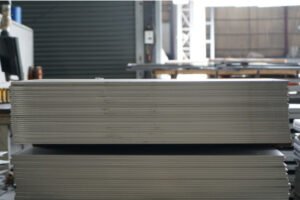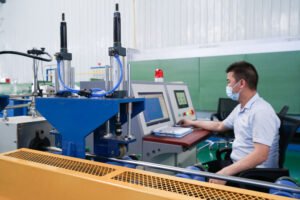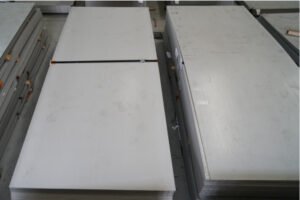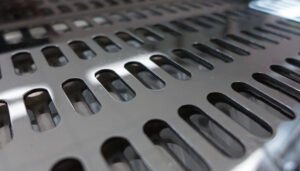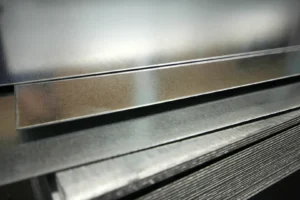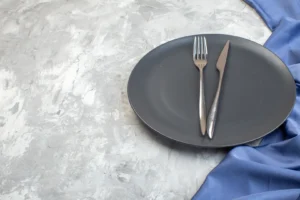Why Surface Finishes Matter for Durability & Appearance
Choosing a surface finish feels like a minor detail. But the wrong choice can compromise your entire project's longevity and look, leading to costly failures down the line.
A stainless steel surface finish is a critical specification that directly governs the material's corrosion resistance, cleanability, and visual appeal. It is not merely cosmetic; it is a functional element that significantly impacts the product's long-term durability, performance, and overall lifecycle cost.

As the Global Business Director at MFY, I’ve seen firsthand how a seemingly small decision about a surface finish can make or break a multi-million dollar project. It's a topic that goes far beyond aesthetics. The finish you choose is a fundamental engineering decision that dictates how your product will perform in the real world. It affects everything from how it resists harsh environments to how it represents your brand's commitment to quality. Let's explore why this choice is so critical for any serious industry professional.
What Role Do Surface Finishes Play in the Durability of Materials?
You need your materials to last. But environmental factors constantly attack them, causing degradation. The right surface finish acts as your first line of defense, ensuring long-term integrity.
Surface finishes play a pivotal role in durability by enhancing a material's corrosion resistance. A smoother, less porous finish minimizes the surface area where corrosive agents like salt, chemicals, or moisture can accumulate and initiate pitting or crevice corrosion, thereby extending the material's service life.
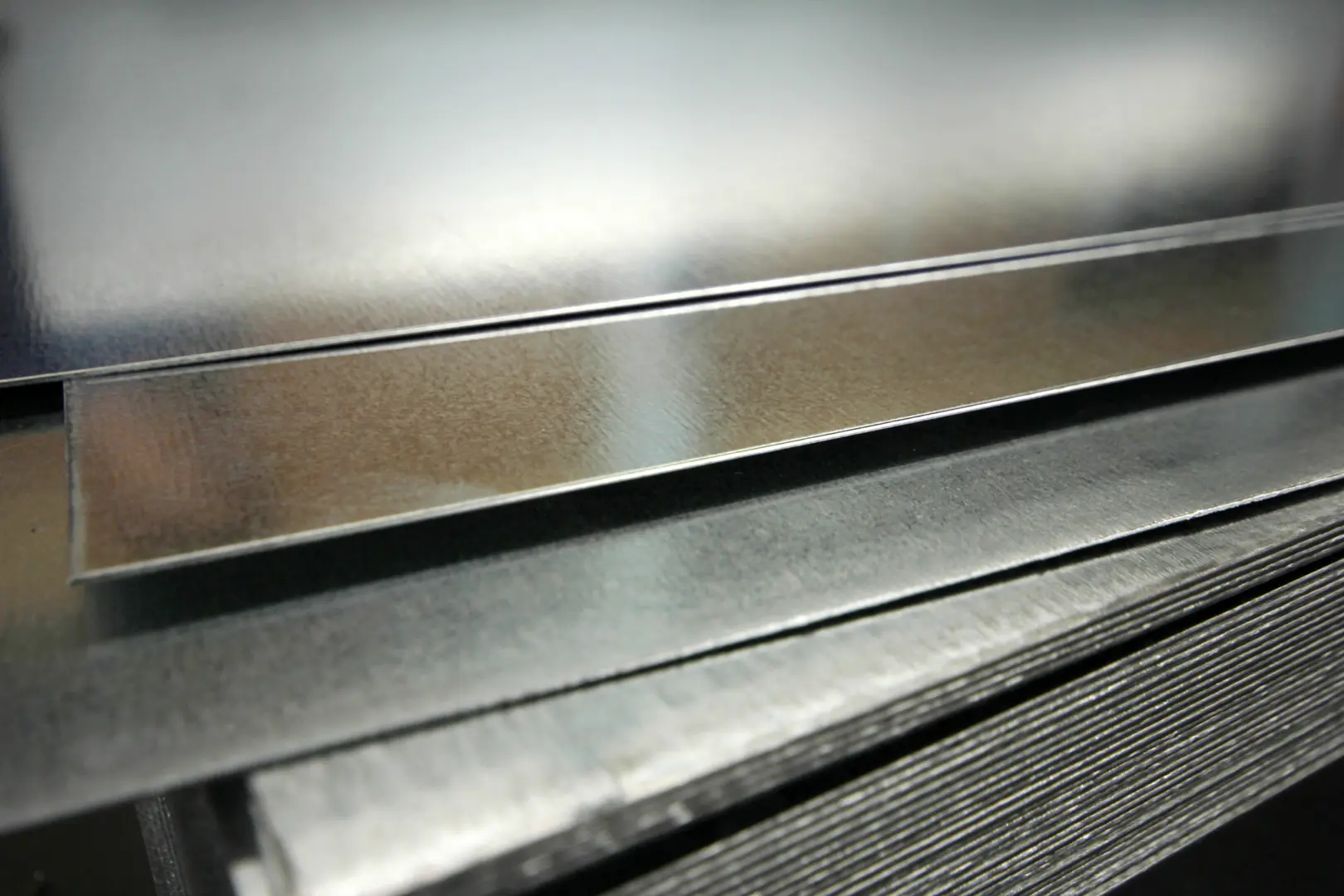
The connection between a finish and durability is rooted in science. Every stainless steel product has a passive layer of chromium oxide on its surface that protects it from rust. However, the integrity of this layer is heavily influenced by the surface topography. A rougher finish has more peaks and valleys, creating microscopic sites where contaminants can get trapped and break down this protective layer. In contrast, a smoother finish, like a Яркий отжиг (BA)[^1] or mirror finish, offers a more uniform and robust passive layer. This makes it significantly more resistant to environmental attacks. I remember a client in the marine sector who initially specified a standard brushed finish for components exposed to saltwater spray. Within a year, they saw signs of corrosion. We helped them switch to an electropolished finish[^2] on their next order, which smoothed the surface at a microscopic level. The new components have now been in service for years without any issues, demonstrating how a targeted finish directly enhances material longevity and reduces lifecycle costs.
The Science of Surface Protection
The primary function of a finish in terms of durability is to create a barrier that is as non-reactive and impenetrable as possible. Different finishes achieve this in different ways. A smoother surface is easier to clean, preventing the buildup of corrosive deposits. This is absolutely critical in industries like food processing or pharmaceuticals, where hygiene and material integrity are non-negotiable. A finish that prevents bacterial adhesion is not just a feature; it's a regulatory necessity.
Matching Finishes to Environments
The key is to align the finish with the specific operational environment. A product used indoors in a controlled climate has very different needs from one installed on a coastal building or inside a chemical processing plant. Understanding the potential exposure to humidity, salinity, and chemicals is the first step in making an informed decision that ensures long-term performance and reliability.
| Тип отделки | Common Name | Шероховатость поверхности (Ra) | Typical Durability Application |
|---|---|---|---|
| No. 2B | Matte Finish | Низкий | General purpose, industrial equipment |
| No. 4 | Brushed Finish | Средний | Kitchen appliances, architectural panels |
| BA | Bright Annealed | Очень низкий | Food processing, reflective parts |
| No. 8 | Зеркальная отделка | Extremely Low | Decorative, architectural trim, marine |
How Do Surface Finishes Impact the Appearance of Stainless Steel Products?
Your product's appearance communicates its quality. But achieving the right look can be challenging. A carefully selected surface finish defines the visual identity and perceived value of the final product.
Surface finishes dictate the aesthetic of stainless steel by controlling its reflectivity, texture, and color. From the highly reflective No. 8 mirror finish to the subdued, satin look of a No. 4 brushed finish, each provides a distinct visual character that enhances design intent.

Appearance is about more than just looking good; it's about fulfilling a specific design vision and reinforcing brand identity. In architecture, for example, the way a building's facade interacts with light can define its entire character. A mirror-polished stainless steel panel creates sharp, clear reflections that make a structure feel modern and dynamic, while a brushed finish diffuses light for a softer, more subtle effect. At MFY, we often work with architects who have a very precise aesthetic in mind. I recall a project for a luxury hotel lobby where the designer wanted a warm, inviting glow. A standard mirror finish felt too cold and clinical. We developed a custom, lightly brushed finish on a bronze-tinted stainless steel sheet. This solution met their exact visual requirements, demonstrating that the finish is a powerful tool for designers to control light, texture, and mood, ultimately elevating the final product from purely functional to truly exceptional.
Reflectivity and Light Interaction
The level of polish or brushing on a stainless steel surface determines how it reflects light. A mirror finish has minimal light scattering, creating a clear image. As you introduce texture through brushing or bead blasting, the light scatters more, resulting in a diffuse, non-reflective appearance. This property is crucial for applications ranging from anti-glare surfaces on control panels to high-impact decorative features.
Creating a Premium Feel
The choice of finish directly influences the perceived quality and value of a product. A uniform, defect-free brushed finish on a high-end kitchen appliance communicates precision and durability. In contrast, an inconsistent or poorly applied finish can make even the best-designed product look cheap. Consistency across all components is key to achieving a professional, high-end aesthetic that strengthens brand reputation.
| Тип отделки | Visual Characteristic | Common Application | Perceived Value |
|---|---|---|---|
| No. 8 Mirror | Highly reflective, clear | Elevators, building lobbies, sculptures | Premium, Luxurious |
| No. 4 Brushed | Satin, directional grain | Appliances, backsplashes, handrails | Modern, Professional |
| 2B Matte | Dull, non-reflective | Industrial tanks, chemical equipment | Functional, Industrial |
| Bead Blasted | Textured, low-glare | Architectural panels, custom parts | Artistic, Unique |
What Are the Common Issues Caused by Inadequate Surface Finishes?
You expect your product to perform flawlessly. But an overlooked finish can lead to unexpected failures. An inadequate surface finish is a leading cause of premature corrosion, staining, and costly maintenance.
Common issues from inadequate finishes include pitting corrosion, crevice corrosion, rust staining (rouging), and an inability to be properly cleaned. These problems compromise not only the product's appearance but also its structural integrity and functional safety, especially in sterile environments.
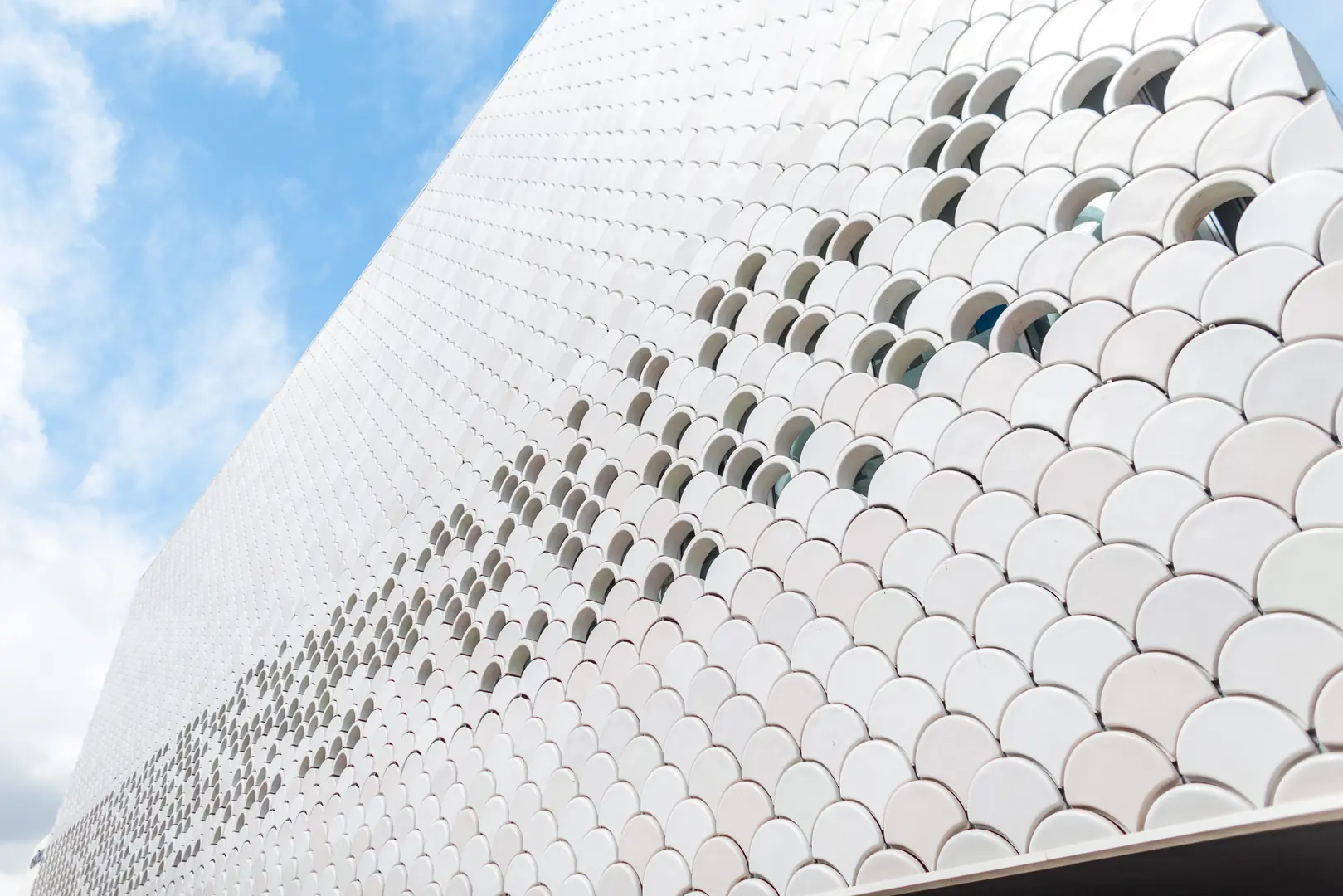
The consequences of a poor surface finish can be severe. It's not just about a product looking bad; it can lead to complete functional failure. I worked with a client in the food processing industry who was experiencing contamination issues in their production line. The cause was traced back to stainless steel tanks with a finish that was too rough. The microscopic crevices in the surface were trapping food particles, creating a breeding ground for bacteria that even their rigorous cleaning cycles couldn't eliminate. They had to replace the tanks at a significant cost, a problem that could have been avoided by specifying a smoother, more sanitary finish like 2B or BA from the beginning. This experience highlights a critical point: an inadequate finish isn't a cosmetic flaw; it's a fundamental design defect that can create massive operational and financial liabilities.
Corrosion: The Silent Killer
The most dangerous issue is corrosion. Pitting corrosion, where small holes form on the surface, and crevice corrosion, which occurs in tight gaps, can both compromise the structural integrity of a component without being immediately obvious. These are often initiated by microscopic imperfections or contaminants left on a poorly prepared surface. Once started, they can propagate quickly, leading to leaks, mechanical failures, and safety hazards.
Mechanical and Aesthetic Failures
Beyond corrosion, a finish that is not suited for its application can suffer from mechanical damage. For instance, a soft, highly polished finish used in a high-traffic area will quickly show scratches and scuffs, ruining its appearance. This requires frequent and costly refinishing or replacement. Similarly, improper finishing can lead to inconsistent color or texture across a project, which is unacceptable in architectural or consumer product applications where visual uniformity is essential for a high-quality look. Choosing the right finish from the start is the most effective way to manage and reduce long-term maintenance costs.
What Solutions Exist to Enhance Both Durability and Appearance Through Surface Finishes?
Standard finishes may not meet your demanding needs. You're looking for superior performance. Advanced treatments and coatings exist that can elevate both the resilience and the aesthetic quality of stainless steel.
Solutions include advanced mechanical processes like electropolishing, which smooths the surface microscopically for superior corrosion resistance and cleanability. Additionally, PVD (Physical Vapor Deposition) coatings can add a durable, colored layer, enhancing both wear resistance and aesthetic options.
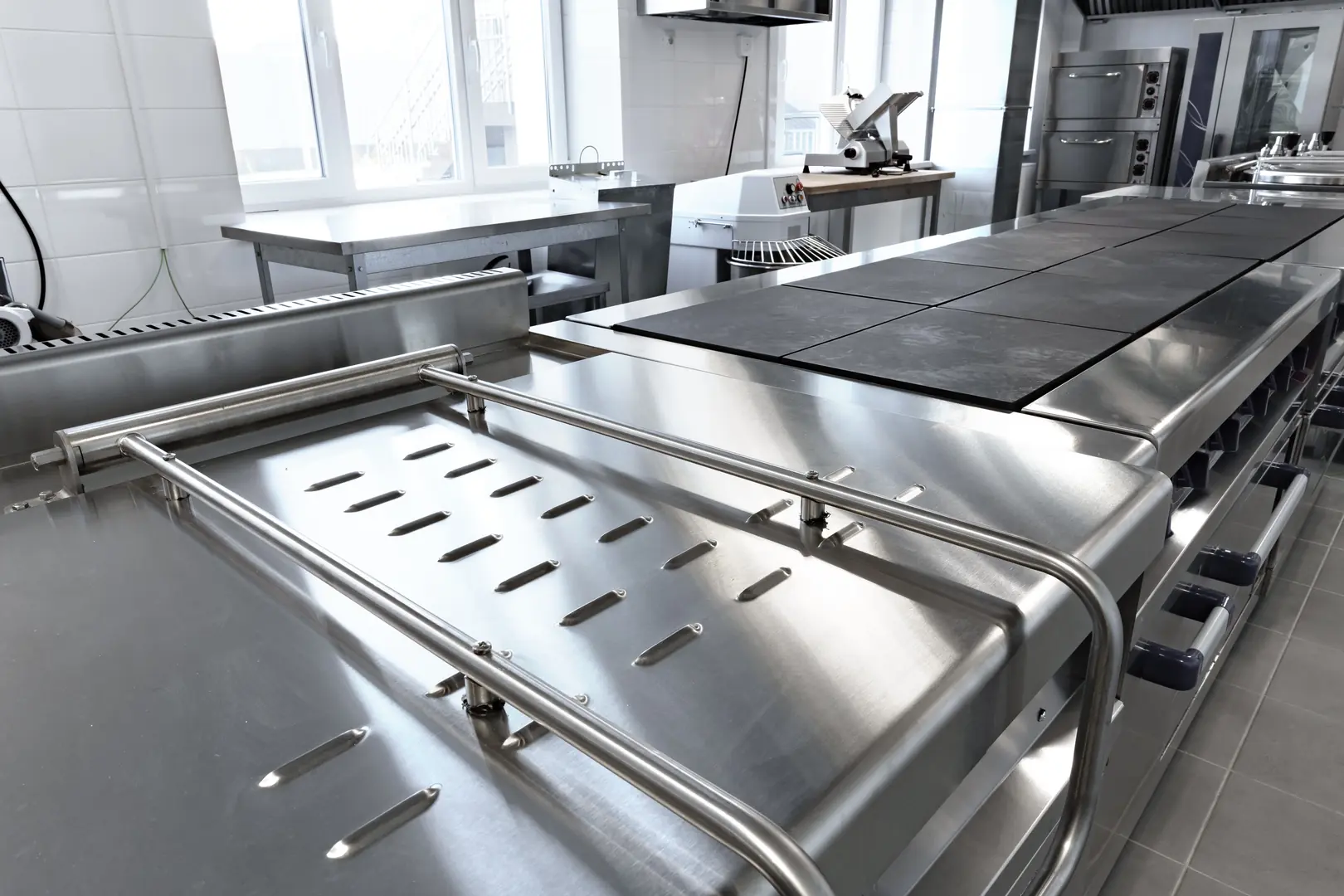
At MFY, we are constantly pushing the boundaries of what's possible with surface technology because our clients' demands are always evolving. Standard finishes are the baseline, but true innovation lies in advanced treatments that solve specific challenges. For instance, electropolishing is a game-changer for the pharmaceutical and semiconductor industries. By removing a microscopic layer of the surface material, it creates an incredibly smooth, clean, and passive surface that is far superior to any mechanical polish. Another exciting area is PVD coating. We had a client designing high-end retail fixtures who wanted a durable, scratch-resistant black finish. Paint or powder coating would chip and wear over time. We recommended a titanium-based PVD coating, which molecularly bonds to the stainless steel. The result was a stunning, robust finish that provided the desired aesthetic with the longevity required for a high-traffic commercial environment. These technologies show that we no longer have to choose between beauty and brawn; we can engineer finishes that deliver both.
Advanced Finishing Techniques
Beyond standard polishing and brushing, several techniques offer enhanced properties.
- Electropolishing: An electrochemical process that removes surface imperfections, resulting in a microscopically smooth, ultra-clean, and highly corrosion-resistant surface.
- Passivation: A chemical treatment that removes free iron from the surface and strengthens the natural chromium oxide passive layer, significantly boosting corrosion resistance without changing the appearance.
Protective Coatings and Treatments
When the stainless steel itself needs an extra layer of defense or a different look, coatings are the solution.
- PVD Coating: A process that deposits a thin film of material (like titanium nitride or chromium nitride) onto the steel. This provides exceptional hardness, wear resistance, and a range of color options (gold, black, bronze) that are far more durable than paint.
- Anti-Fingerprint (AFP) Coatings: A clear, nano-scale coating applied to brushed or matte finishes to reduce the visibility of fingerprints and smudges, lowering maintenance needs in public-facing applications.
| Solution | Primary Benefit | Secondary Benefit | Идеальное применение |
|---|---|---|---|
| Electropolishing | Maximum Corrosion Resistance | Ultra-Hygienic, Smooth | Pharmaceutical, Food, Medical |
| Пассивация | Повышенная коррозионная стойкость | Removes Contaminants | All grades, post-fabrication |
| PVD Coating | Extreme Hardness, Color | Wear & Scratch Resistance | Architectural, Decorative, Tooling |
| AFP Coating | Reduced Maintenance | Consistent Appearance | Appliances, Architectural Panels |
What Are the Best Practices for Selecting the Right Surface Finish for a Specific Application?
With so many options, making the right choice is tough. A wrong decision can be costly. A systematic evaluation of your project's needs ensures you select the optimal and most cost-effective finish.
Best practices involve a three-step analysis: first, define the operational environment (e.g., marine, indoor, chemical); second, clarify the aesthetic requirements and maintenance expectations; and third, balance these factors against the total lifecycle cost, not just the initial purchase price.
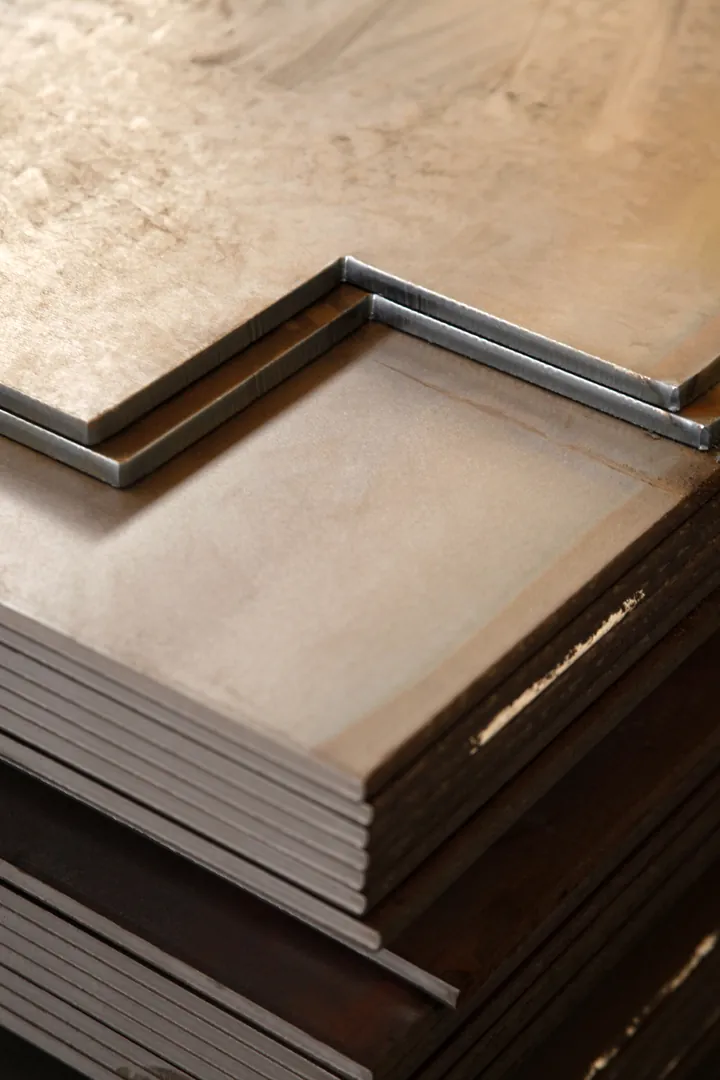
Selecting the right finish should be a deliberate, analytical process. It’s a conversation I have with clients every single day. The best approach is to move from the general to the specific. We start with the big picture: where and how will this product be used? Answering this question honestly is the most important step. I once worked with a contractor on a large public building who was considering a mirror finish for the exterior entrance. It looked fantastic on the architectural drawings. However, I pointed out that its location next to a busy road meant it would require constant cleaning to look good, and its high reflectivity could create a glare hazard for drivers. We ultimately decided on a brushed finish with an anti-fingerprint coating. It delivered a premium look while being far more practical and cost-effective to maintain over the building's lifetime. This decision wasn't about choosing the "best" finish in a vacuum, but about choosing the right finish for that specific context.
Assessing the Operational Environment
This is the technical foundation of your decision. You must consider every potential stressor the material will face.
- Corrosion Risk: Is it exposed to salt, rain, industrial pollutants, or harsh cleaning chemicals? Higher risk demands a smoother, more resistant finish.
- Wear and Abrasion: Will the surface be subject to scratching, foot traffic, or mechanical contact? A harder, textured, or coated finish may be necessary.
- Hygiene Requirements: Is it for a food, medical, or pharmaceutical application? The finish must be smooth, non-porous, and easy to sanitize.
Balancing Cost, Maintenance, and Aesthetics
Once the technical needs are met, you can consider the other factors.
- Aesthetic Intent: What look are you trying to achieve? Modern, industrial, luxurious? Get physical samples to see how they interact with light in your intended space.
- Maintenance Budget: How much time and money can be allocated to cleaning and upkeep? A highly polished finish in a public area may look great on day one but can become a maintenance liability.
- Lifecycle Cost: Don't just look at the initial material cost. A cheaper finish that fails prematurely or requires extensive maintenance will cost far more in the long run than a more durable, higher-quality option selected upfront.
Заключение
Ultimately, the surface finish of a stainless steel product is not a final touch; it's a foundational choice. It is a strategic decision that directly impacts durability, brand perception, and total cost of ownership, making it one of the most critical specifications in any project.
У вас есть вопросы или нужна дополнительная информация?
Свяжитесь с нами, чтобы получить индивидуальную помощь и квалифицированный совет.

